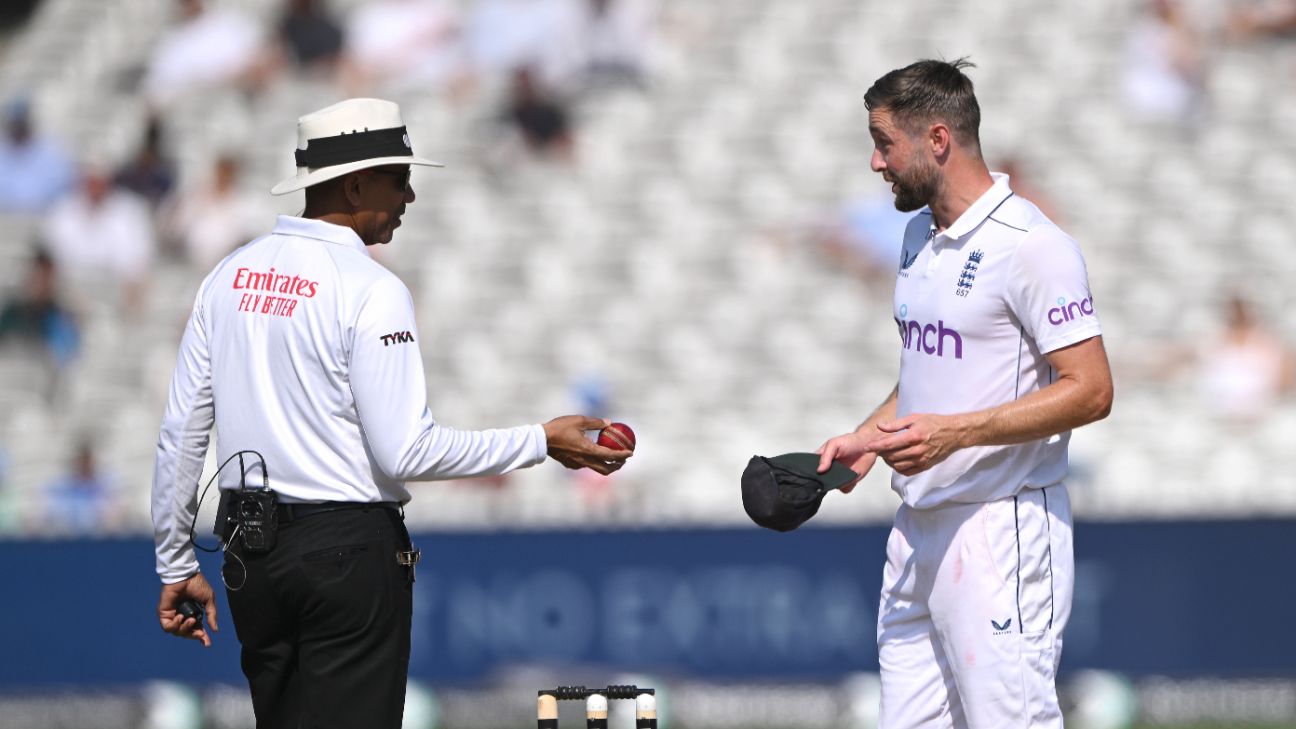And yet, England’s players celebrated this 190-run victory over Sri Lanka in front of a swathe of empty seats. This was not a sign of Test cricket’s decline, but a retort from fans to the administrators who have spent years taking them for granted: with a starting price of £95, thousands upon thousands of tickets for the fourth day of the Lord’s Test went unsold.
It is a paradox of Bazball: by accelerating the pace of Test matches, as part of a bid to make the format as attractive to fans as they can, England have inadvertently dented ticket sales for the fourth and fifth days. Twice in five Tests this summer, they have completed victory by mid-afternoon on the third day; the other three have all finished on the fourth day.
Pope suggested that the low turnout might owe to the “heavy schedule” this summer “with the Hundred, T20 Blast and a lot of Test matches as well”. Asked if England need more support from administrators, he said: “It’s not really for me to comment on… [but] it is great to have as many kids and families in as possible, and learning to love the game.”
Lavender defended MCC’s reluctance to cut prices at short notice in a statement issued on Saturday. “It is difficult to dynamically discount tickets in hindsight when thousands of supporters have applied through our 2023 ballot process and paid the full price…” he said. “We will be paying particular attention to the structure of fourth-day tickets in our pricing reviews, given the way that Test cricket is now being played.”
Even MCC’s attempts to make amends ended up backfiring. Prices were cut to £15 for adults and £5 for Under-16s from 3.45pm, but the discount was not advertised to the public ahead of time. As a result, there was no notable change in the size of the crowd in the final session.
Test cricket remains hugely popular in England: Sunday’s low turnout was something of an anomaly in a summer of strong ticket sales, despite low-ranked opponents in West Indies and Sri Lanka. When India arrive for a five-match series next summer, tickets will sell out even at premium prices.
This is not a unique problem to Lord’s: there were empty seats in the Party Stand throughout the first Test in Manchester last week, and there are plenty of fourth-day tickets still available at The Oval for the third Test. But Sunday’s no-show should send a clear message: if fans feel they are being ripped off, they will vote with their feet.
